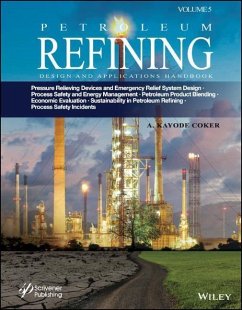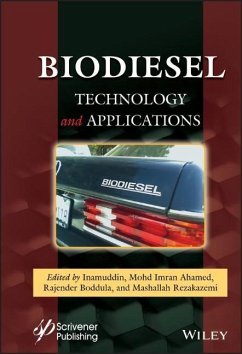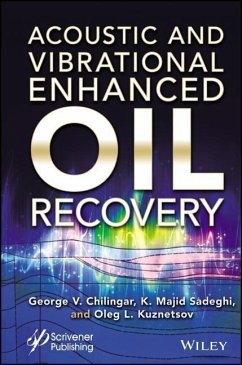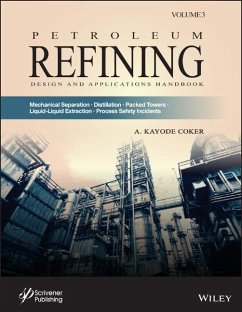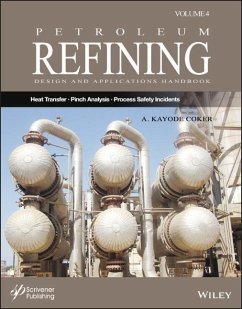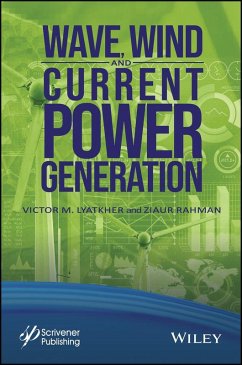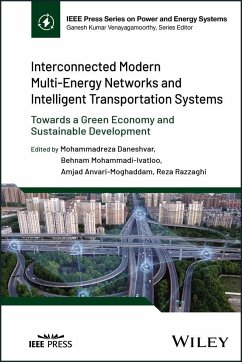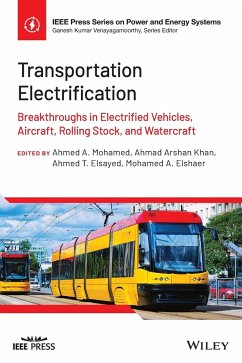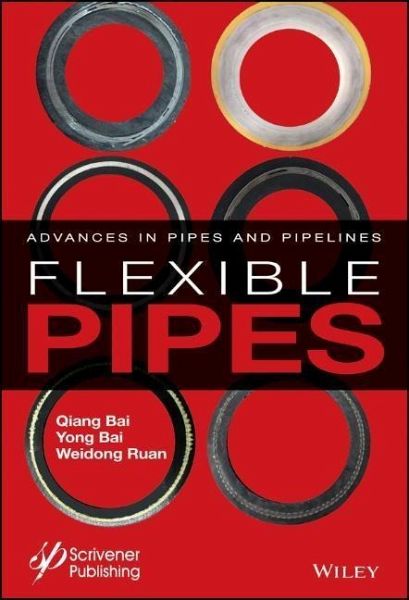
Flexible Pipes
Advances in Pipes and Pipelines
Versandkostenfrei!
Versandfertig in über 4 Wochen
241,99 €
inkl. MwSt.
Weitere Ausgaben:

PAYBACK Punkte
121 °P sammeln!
Recent changes in the codes for building pipelines has led to a boom in the production of new materials that can be used in flexible pipes. With the use of polymers, steel, and other new materials and variations on existing materials, the construction and, therefore, the installation and operation of flexible pipes is changing and being improved upon all over the world. The authors of this work have written numerous books and papers on these subjects and are some of the most influential authors on flexible pipes in the world, contributing much of the literature on this subject to the industry....
Recent changes in the codes for building pipelines has led to a boom in the production of new materials that can be used in flexible pipes. With the use of polymers, steel, and other new materials and variations on existing materials, the construction and, therefore, the installation and operation of flexible pipes is changing and being improved upon all over the world. The authors of this work have written numerous books and papers on these subjects and are some of the most influential authors on flexible pipes in the world, contributing much of the literature on this subject to the industry. This new volume is a presentation of some of the most cutting-edge technological advances in technical publishing.
This is the most comprehensive and in-depth book on this subject, covering not just the various materials and their aspects that make them different, but every process that goes into their installation, operation, and design. The thirty-six chapters, divided up into four different parts, have had not just the authors of this text but literally dozens of other engineers who are some of the world's leading scientists in this area contribute to the work. This is the future of pipelines, and it is an important breakthrough. A must-have for the veteran engineer and student alike, this volume is an important new advancement in the energy industry, a strong link in the chain of the world's energy production.
This is the most comprehensive and in-depth book on this subject, covering not just the various materials and their aspects that make them different, but every process that goes into their installation, operation, and design. The thirty-six chapters, divided up into four different parts, have had not just the authors of this text but literally dozens of other engineers who are some of the world's leading scientists in this area contribute to the work. This is the future of pipelines, and it is an important breakthrough. A must-have for the veteran engineer and student alike, this volume is an important new advancement in the energy industry, a strong link in the chain of the world's energy production.




